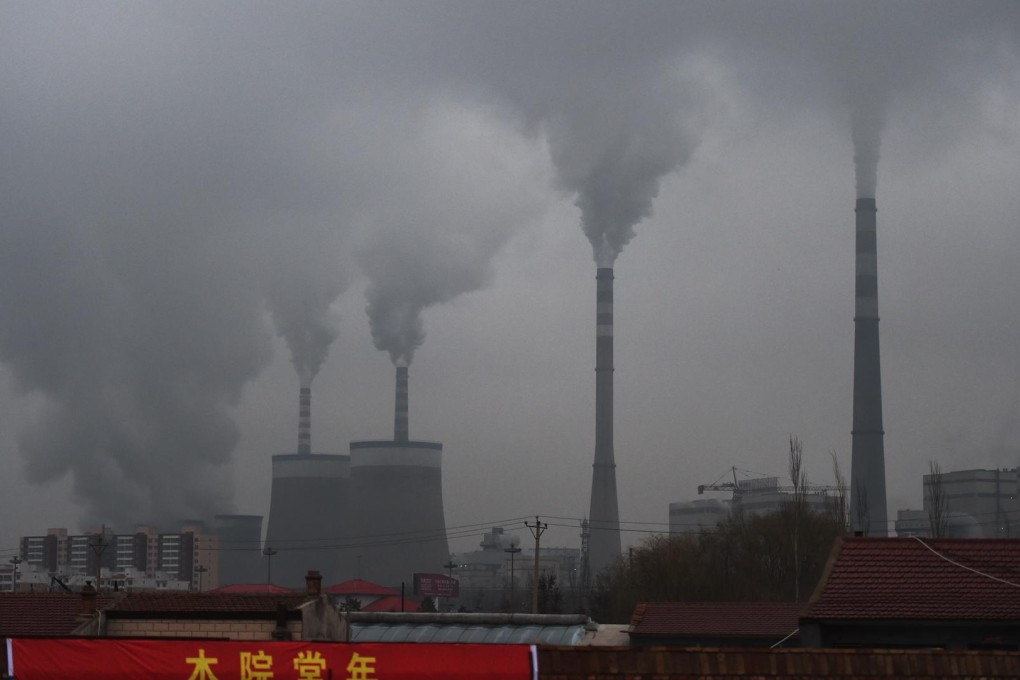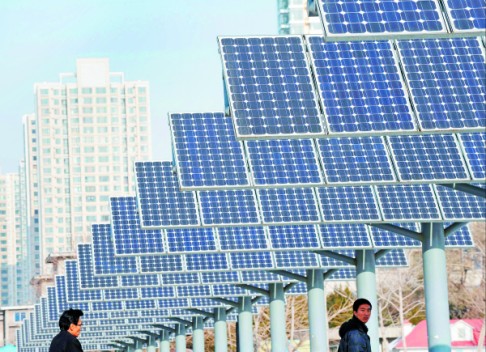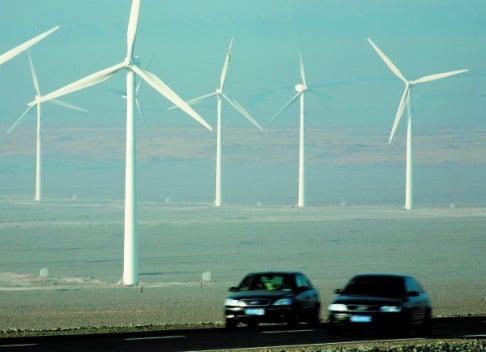How China, the 'world's largest polluter', is taking on climate change
Peering through the murk of time and statistics in the wake of the Paris climate change summit, Deborah Seligsohn assesses the strides China has taken to clean its air and asks whether the country really deserves the title of 'world's largest polluter'.

I first arrived in Beijing in 1984. The winter was bitterly cold. We routinely wore three pairs of long johns under our jeans, tops and jumpers, then added a bulky overcoat to go outdoors. What meagre heating we had was on for only four months of the year, even though Beijing hovered below freezing for almost six. It was also dark. One of my students cheerfully informed me it was "Save electricity Tuesday", which was always followed by "Save electricity Friday". These were rolling blackouts, when electricity was switched off across the neighbourhood for the entire day - even in factories, which meant, twice a week, no one worked.
Despite the lack of warmth, light and transport, Beijing was horribly polluted, especially in winter. Buses belched black smoke. When I rode my bicycle through city streets I'd often find chunks of coal in my hair, coughed up by the boilers of the surrounding houses. It was a full year before I knew that the Western Hills should be visible from right outside the Beijing Normal University, where I was employed as a teacher.
Fast-forward to today, and Beijing is a changed city. People's lives have been radically transformed. The Western Hills are now visible at least some of the time. Beijingers live in modern apartments with all mod cons. This lifestyle has come at the cost of a huge rise in energy consumption, most of it generated by coal-fired power stations. Not only is China now the largest overall energy consumer in the world, it has surged ahead to become the biggest emitter of greenhouse gases. But, with the crucial UN climate talks having just concluded in Paris, it's worth exploring a different side of the story.
Peer behind the curtain and you get a more nuanced picture than the usual stats suggest. Quietly, over the past decade, China has turned its factories around, with a view to cleaning up the skies. The country is no eco-saint, but it has recognised the enormous benefits of using fuel more efficiently. After the massive growth of the past 15 years, its emissions are starting to slow. It's still early days, but China's coal use has already peaked, and a greenhouse gas peak may not be far behind.
No one - not even China - expected its emissions to shoot up quite as fast as they did. When, in 2007, the Netherlands Environmental Assessment Agency suggested that the country had become the world's top emitter, the news came as a surprise to all. It was several years earlier than anticipated - so much so that the figure was disputed.

